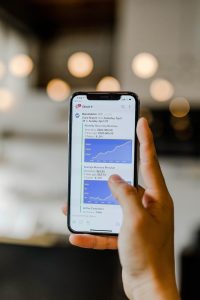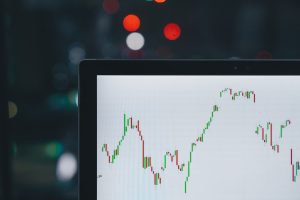Forex trading robots, also known as expert advisors (EA), are automated software programs that traders use to execute trades in the foreign exchange market. These robots are designed to analyze the forex market, identify profitable trading opportunities, and execute trades based on pre-programmed rules and parameters. In this article, we will discuss the steps involved in creating a forex trading robot.
Step 1: Define the Trading Strategy
The first step in creating a forex trading robot is to define the trading strategy. This involves determining the entry and exit rules, stop loss and take profit levels, and any other parameters that will be used to identify trading opportunities. The trading strategy should be based on technical analysis or fundamental analysis, or a combination of both.
Step 2: Choose a Programming Language
Once you have defined the trading strategy, the next step is to choose a programming language. There are several programming languages that can be used to create forex trading robots, including MQL4, MQL5, Python, and C++. MQL4 and MQL5 are the most popular programming languages used by traders to create forex trading robots for the MetaTrader platform.
Step 3: Learn to Code
If you are not familiar with programming, you will need to learn to code. There are several online resources available that can help you learn how to code in the programming language of your choice. You can also take online courses, attend coding boot camps, or hire a programmer to help you create the forex trading robot.
Step 4: Write the Code
Once you have learned to code, the next step is to write the code for the forex trading robot. The code should include the trading strategy, entry and exit rules, stop loss and take profit levels, and any other parameters that will be used to identify trading opportunities. The code should also include error handling and other functions to ensure that the forex trading robot runs smoothly.
Step 5: Backtest the Forex Trading Robot
Before deploying the forex trading robot in a live trading environment, it is important to backtest the robot. Backtesting involves running the forex trading robot on historical data to see how it would have performed in the past. This can help you identify any flaws in the trading strategy and make any necessary adjustments before deploying the robot in a live trading environment.
Step 6: Deploy the Forex Trading Robot
Once you have backtested the forex trading robot and made any necessary adjustments, the next step is to deploy the robot in a live trading environment. This involves connecting the robot to a trading platform and setting it up to execute trades based on the pre-programmed rules and parameters.
Step 7: Monitor the Forex Trading Robot
After deploying the forex trading robot, it is important to monitor its performance. This involves tracking the robot’s trades, analyzing its performance, and making any necessary adjustments to the trading strategy. It is also important to keep the robot updated with the latest market data and news that may affect its performance.
In conclusion, creating a forex trading robot requires a combination of technical skills and knowledge of the forex market. It is important to define a trading strategy, choose a programming language, learn to code, write the code, backtest the robot, deploy the robot, and monitor its performance. With the right skills and knowledge, anyone can create a forex trading robot that can help them execute profitable trades in the foreign exchange market.





